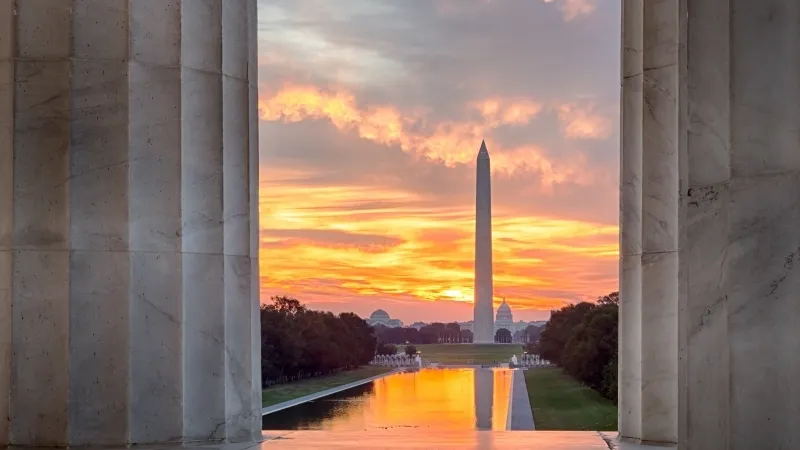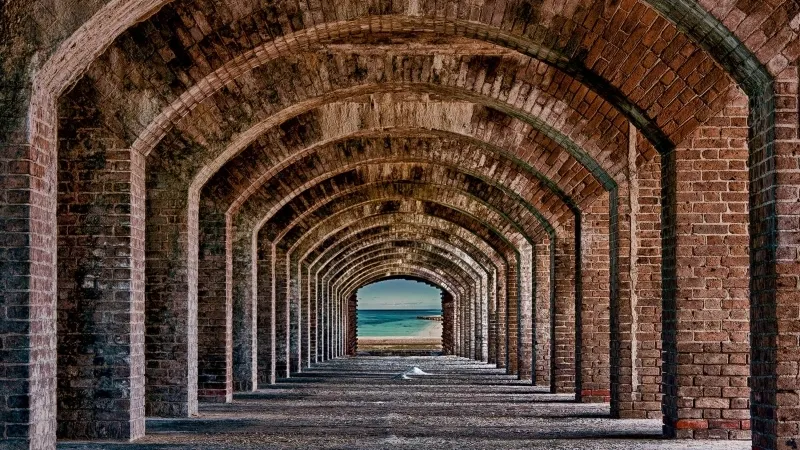Cool Off Inside These 5 National Park Caves
Summertime means playtime, but it can also bring intense heat that makes it uncomfortable – even dangerous – to be outside.
With more than 400 parks in the system, there are many ways to explore nature but still keep the sweat off your brow. Take national park caves, for example. The temperature inside caves is approximately equal to their region’s average annual temperature. This means much cooler temperatures when it’s August in North America.
Carlsbad Caverns National Park
New Mexico
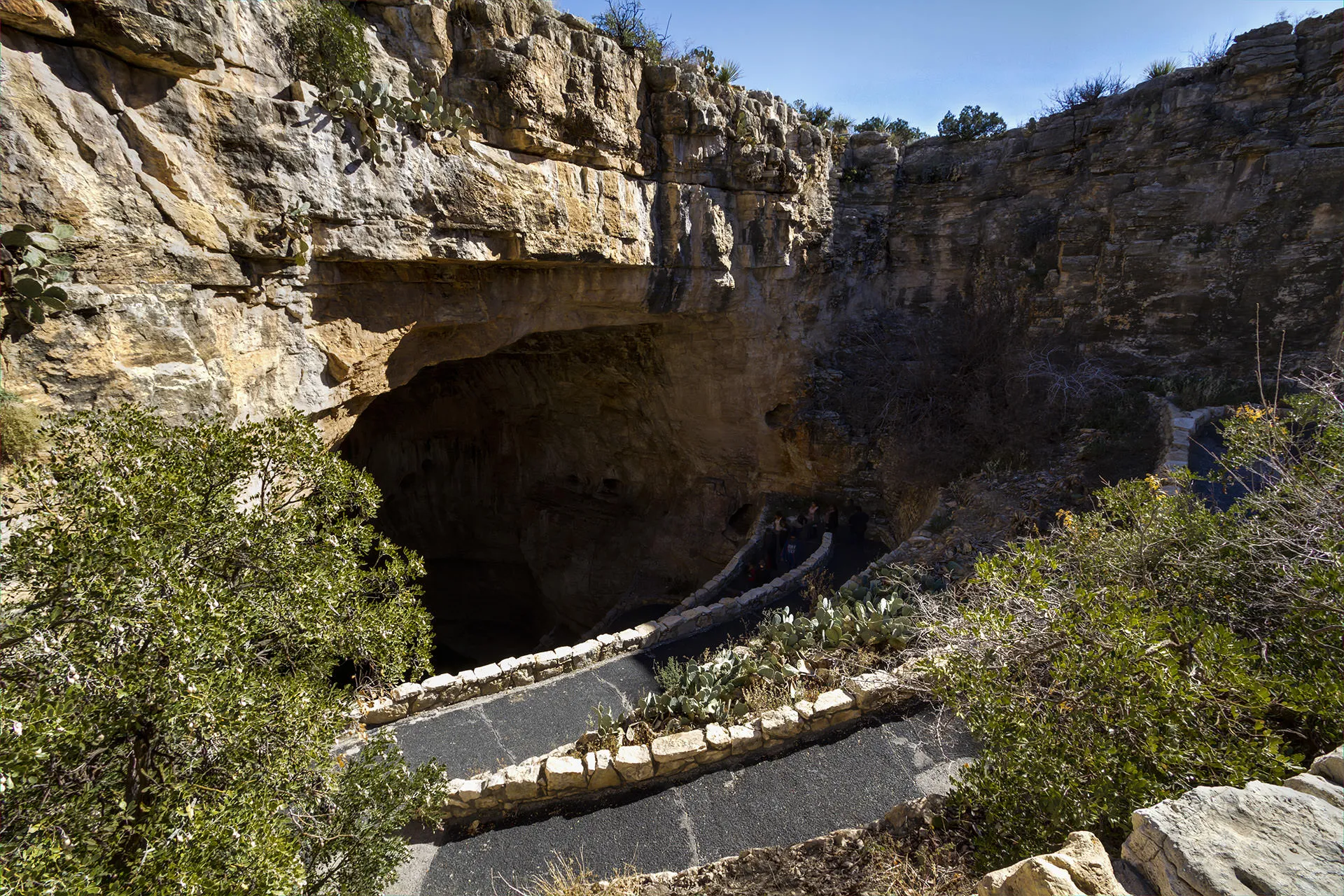
About the Park
Carlsbad Caverns National Park in New Mexico contains some of the largest caves in North America—a must-visit stop for vacations in New Mexico.
Things to Do
- Children’s Programs
- Tours
- Birdwatching
- Camping
- Horseback Riding
- Picnicking
- Stargazing
- Wildlife Viewing
- Shopping
- Caving

A World Below
While most limestone caves form because of streams and running water, the more than 119 caves of Carlsbad Caverns National Park were made by sulfuric acid dissolving rock. The cave system and its national park is one of the few protected areas of the Chihuahuan Desert, the largest and wettest of the North American desert ecosystems. Carlsbad Caverns National Park is a great respite from summertime; the area’s average annual temperature is 63 F and it’s a cool 56 F inside the caves.
Wind Cave National Park
South Dakota

About the Park
Home to one of the world's longest and most complex caves, South Dakota's Wind Cave National Park lures visitors with mixed-grass prairie and wildlife.
Things to Do
- Birdwatching
- Camping
- Caving
- Children’s Programs
- Hiking
- Historical
- Horseback Riding
- Off-Roading
- Picnicking
- Scenic Drive
- Shopping
- Tours
- Wildlife Viewing
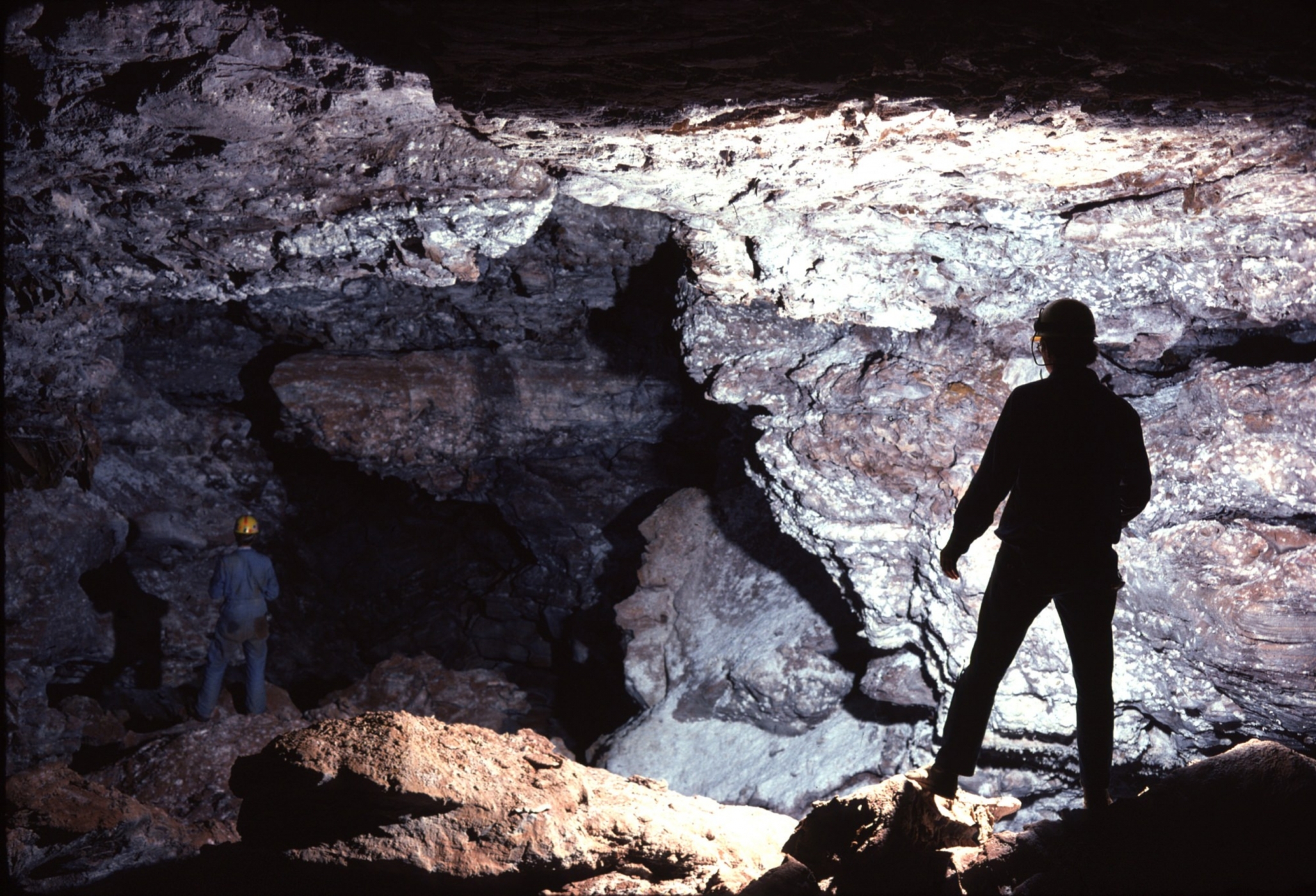
Beneath the Prairie
An entire world exists beneath the prairie grasslands of one of America’s oldest national parks. Named for the winds at the park’s entrance, Wind Cave National Park has examples of a rare cave formation called “boxwork.” These formations projecting from cave walls and ceilings look like intricate mazes made from delicate calcite blades that intersect at different angles, forming “boxes.” In addition to exploring the cave system, visitors can also experience the prairie ecosystem via 30 miles of hiking trails.
Mammoth Cave National Park
Kentucky
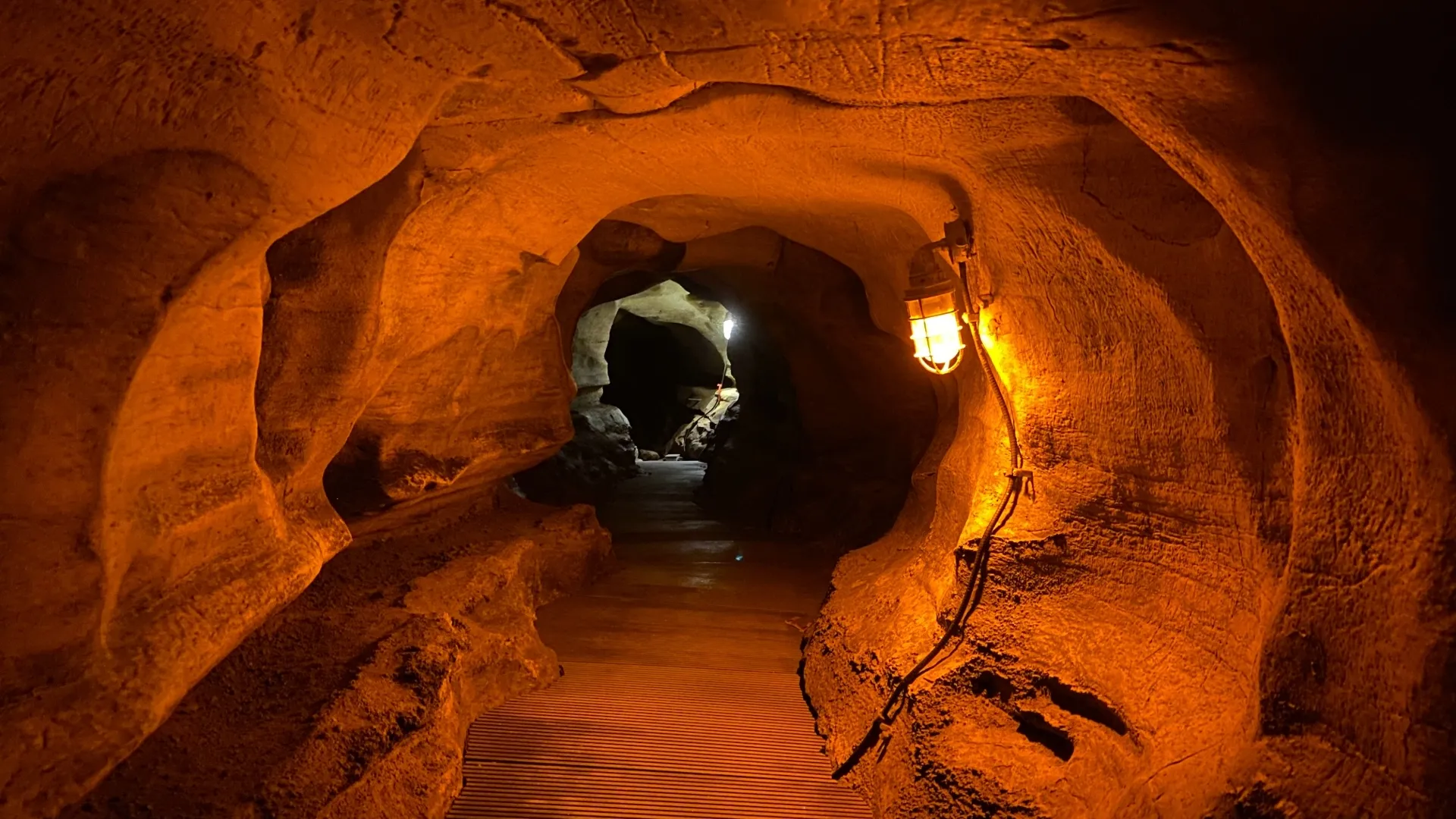
About the Park
Mammoth Cave in Kentucky is the world's longest known cave system, with more than 400 miles explored, and one of the oldest tour attractions in North America.
Things to Do
- Biking
- Camping
- Canoeing
- Caving
- Fishing
- Hiking
- Horseback Riding
- Kayaking
- Swimming
- Tours
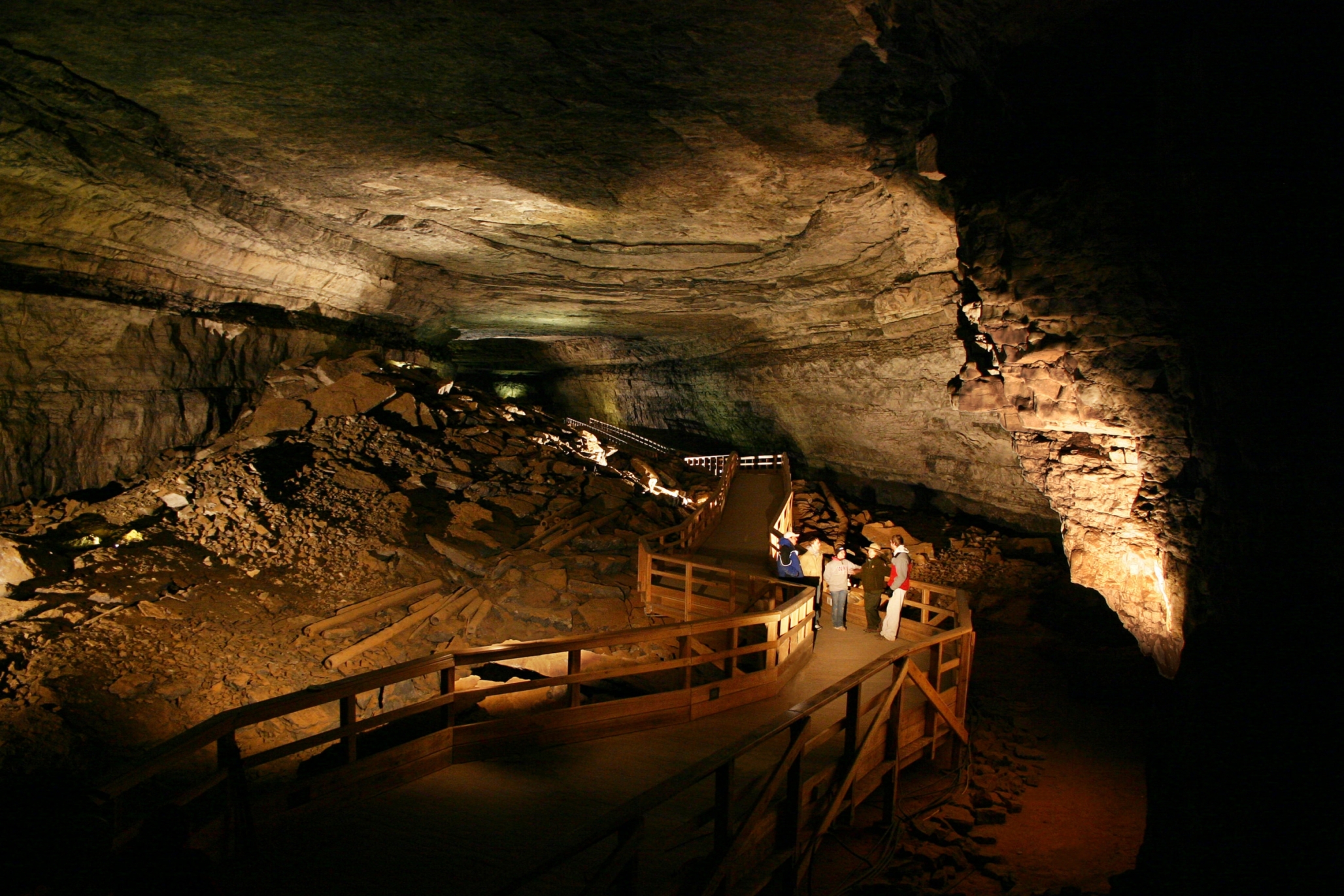
Kentucky’s Treasure
With more than 400 miles of underground caves, Mammoth Cave National Park not only preserves a section of the Green River Valley and the hills of south central Kentucky, it also houses the world’s largest explored cave system. It’s a maze of carved rock holding thousands of years of history and stories of exploration. Dr. John Croghan, a physician living in the mid-19th century, believed that the cave’s air held the cure for tuberculosis and brought patients there so they may be cured. While his hypothesis proved false, his story is an example of the wonder and curiosity Mammoth Cave instills in all its visitors.
Oregon Caves National Monument
Oregon
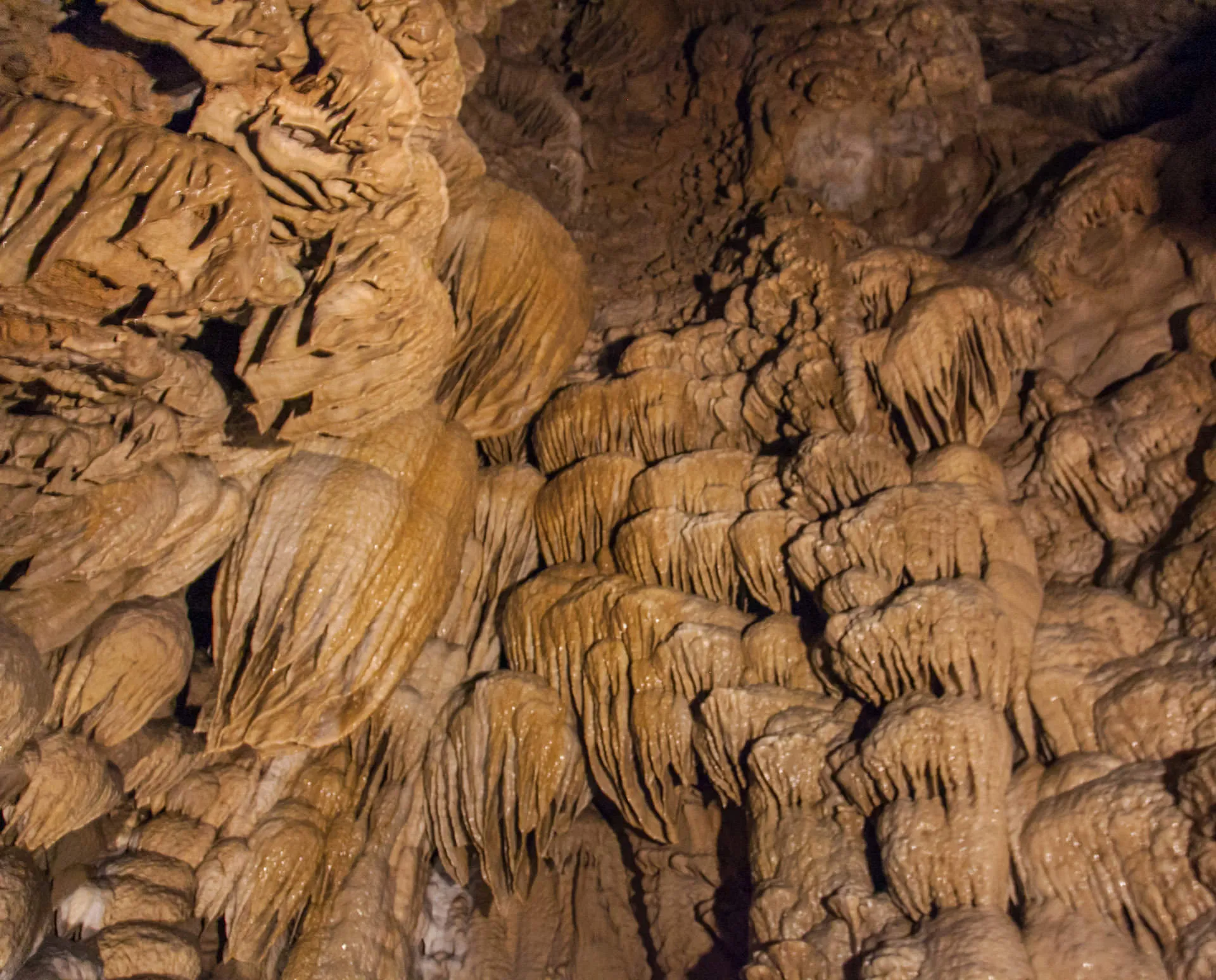
About the Park
Termed Oregon's Marble Halls, Oregon Caves National Monument features complex marble cave systems, rare plants and animals, and outdoor adventures.
Things to Do
- Children’s Programs
- Hiking
- Historical
- Tours
- Biking
- Birdwatching
- Boating
- Camping
- Picnicking
- Swimming
- Wildlife Viewing
- Shopping
- Hunting
- Caving
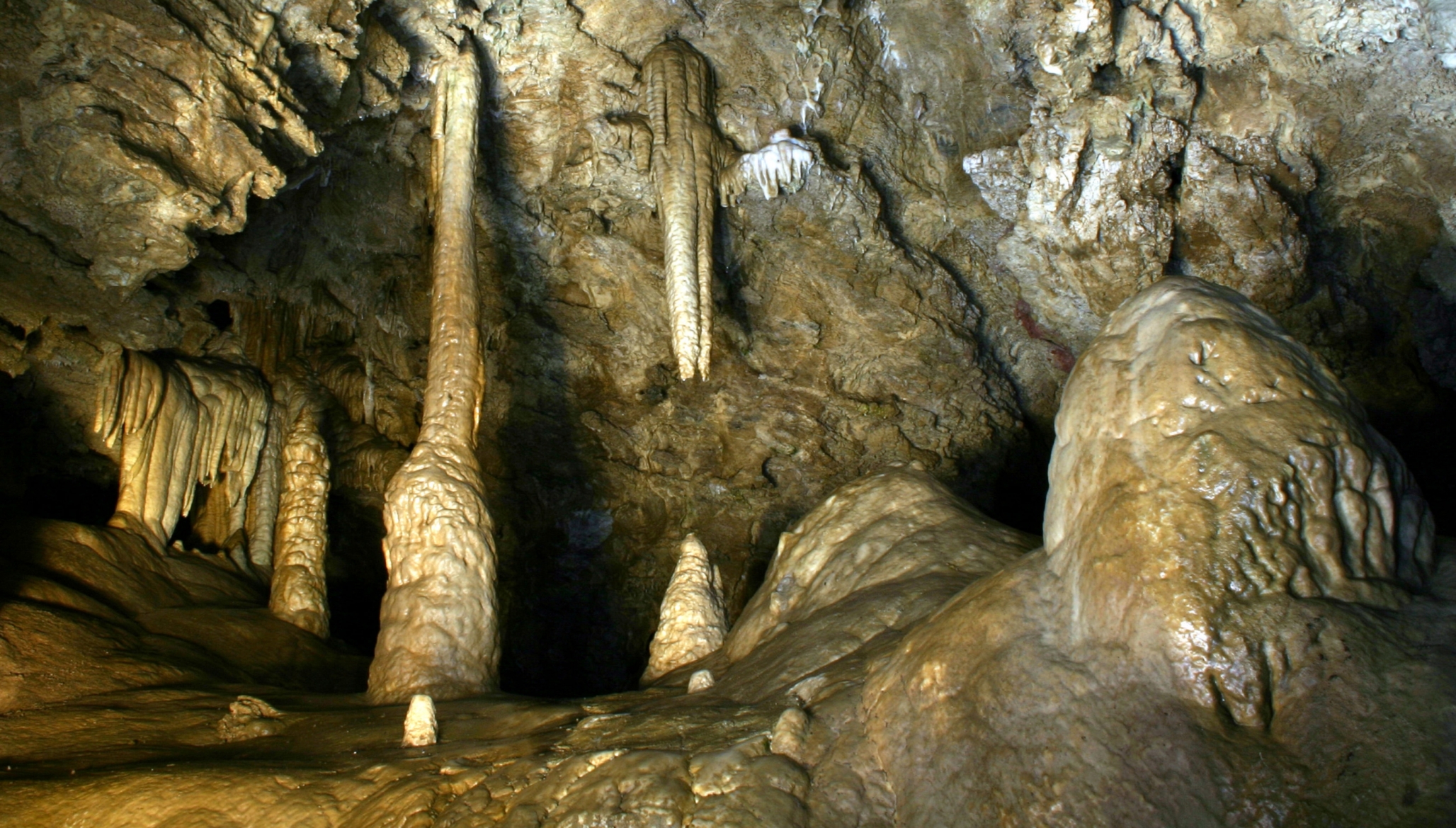
A System of Homes
Over time, rainwater from the forests of the Siskiyou Mountains dissolved the marble beneath to form what we have preserved as Oregon Caves National Monument. The cave system is home to rare plants and animals like snails that use calcium from the rocks to make their shells, and the Pacific Tree Frog, a small creature with a big voice. Thrill seekers craving a physical and mental challenge should try the off-trail tour, which requires squeezing through nooks and belly-crawling through low passages.
Crystal Cave in Sequoia National Park
Open May through November, Crystal Cave offers chambers, awe-inspiring formations, and a marble stream for visitors willing to drive or hike to the cave’s entrance, which is set deep in the wilderness of Sequoia National Park. Crystal Cave is an example of ecologically responsible tourism. To continue Crystal Cave public tours without damaging the fragile environment, the National Park Service and Sequoia National History Association worked together to install a solar-powered generator system in addition to LED lights to slow algae growth.


